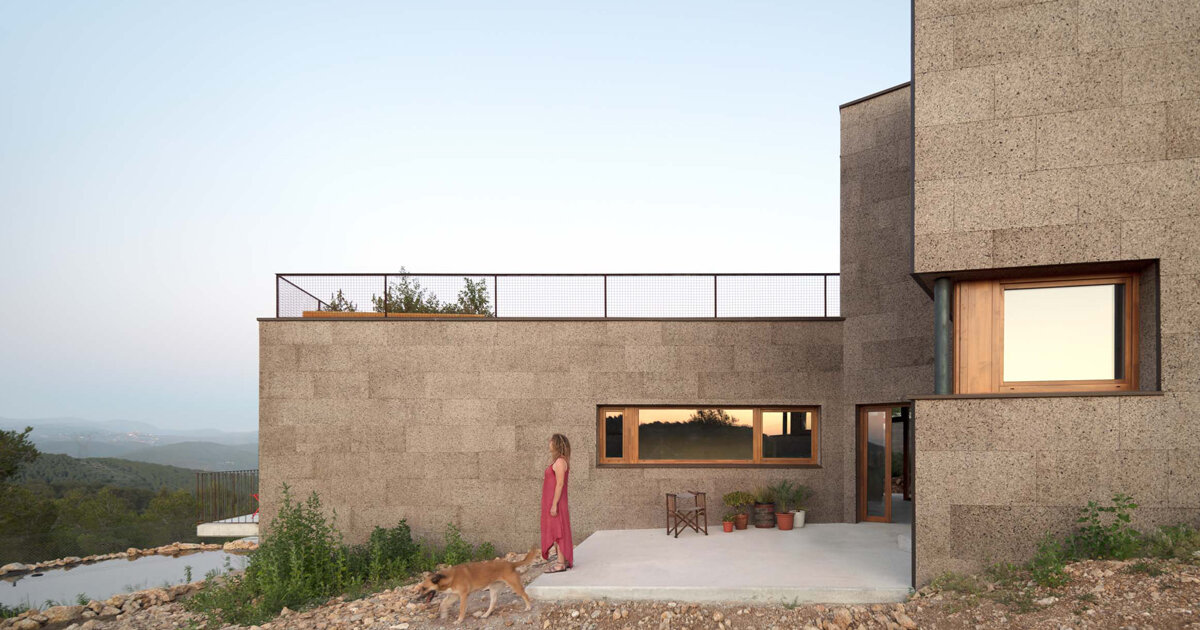The construction industry is one of the most damaging to the environment. It is directly associated with three issues related to environmental pollution, damage to ecosystems, and construction and demolition waste:
- Deforestation and extraction of natural resources. The wood produced by deforestation is used in the construction of buildings, mainly for falsework, structural elements, and cladding. Also, silica, iron, zinc, lime, and aluminum oxide are extracted from the hills and mountains to produce rebar, steel beams, and cement, among others.
- Energy consumption. To produce cement, steel, partition walls, glass or aluminum, kilns must be heated to high temperatures, and this must be added to the energy consumed in building and transporting materials. In total, 40% of the energy consumed in the world is generated by the construction industry.
- CO2 gas emissions. The extraction of minerals produces polluting gases. For example, concrete is the most widely used building material in the world, and the process of calcining clay and limestone to produce concrete is what emits the greatest amount of CO2 in manufacturing.
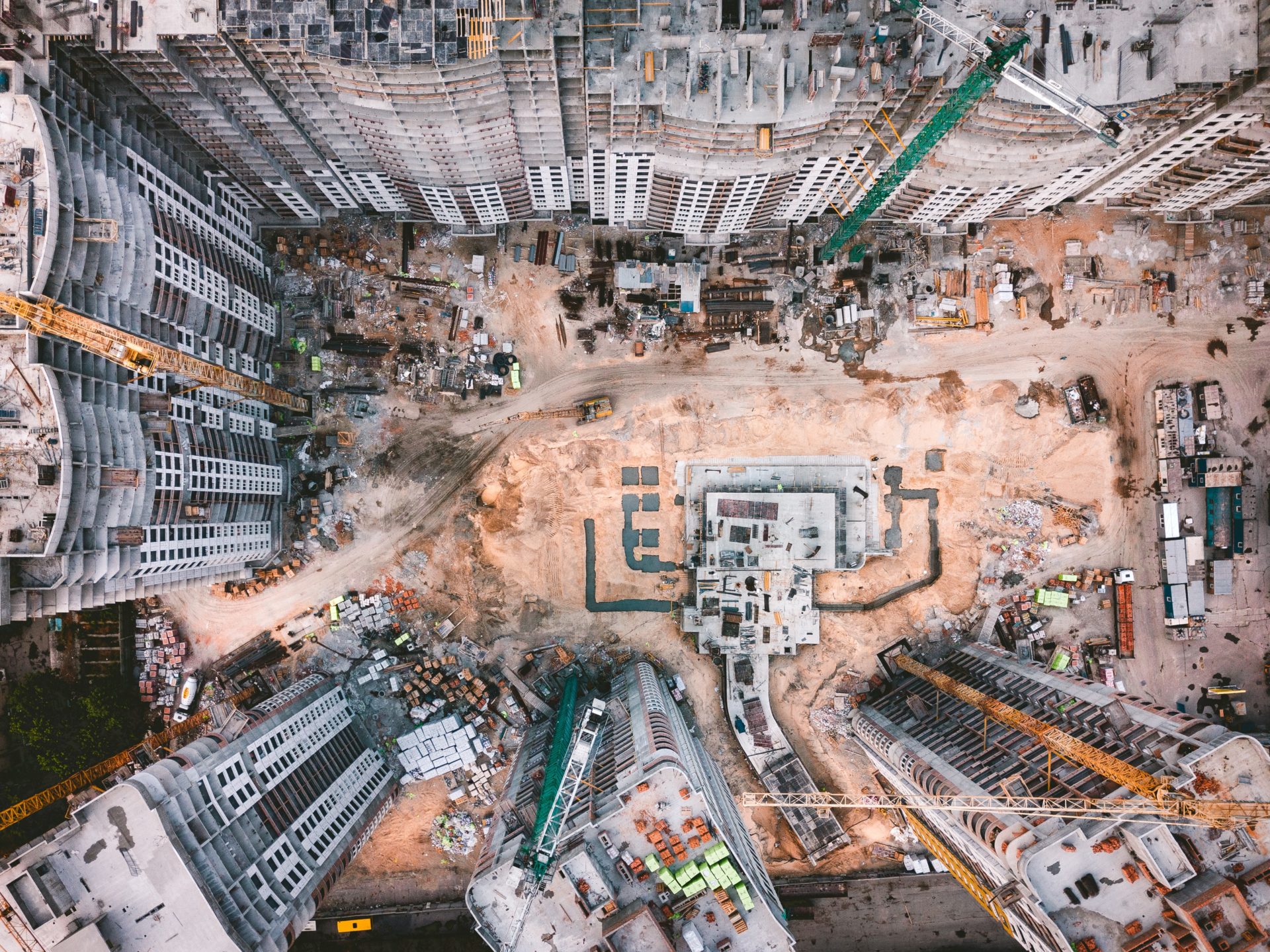
The use of environmentally friendly materials in construction reduces CO2 emissions from extraction, production and transportation.
Some benefits of using green materials and techniques in construction are:
- Renewable and recycled resources.
- Reduction of waste generated in construction (demolition, shoring, scaffolding, etc).
- Reduction of water and air pollution.
- Energy efficiency in buildings.
- Consumption of local materials, avoiding long distance transportation.
- Durability and reuse of materials, extending their useful life.
Eco-friendly building materials:
1-Bamboo
Bamboo is a light and flexible material but with great resistance. it is considered as the “vegetable steel”. It has a higher hardness than woods such as oak or mahogany, and it grows quickly compared to other trees or plants, which means that bamboo forests regenerate easily.
Bamboo in construction can be used for tiles, floors and moldings, scaffolding and light bridges. Bamboo absorbs greenhouse gases, has the capacity to produce 35% more oxygen than other plants and trees, can be grown anywhere in the world, and does not require chemicals or pesticides.
 2- Rammed earth
2- Rammed earth
It is an ancient construction technique. Wet soil is compacted with blows through a piston; a wooden formwork is used to contain it and let it dry. To achieve greater resistance, it is mixed with small stones or straw.
This technique has great advantages: It generates thermal comfort in interiors, it is economical and ecological, it has high resistance to fire and it is an acoustic and thermal insulator (See more…)
 3- Recycled wood
3- Recycled wood
Wood waste in construction and demolition is very common. Elements such as scaffolding, shoring, formwork, beams or boards in floors and agglomerates are eliminated at the end of the work. However, this wood can be recycled in many ways, as it is a renewable and durable material.
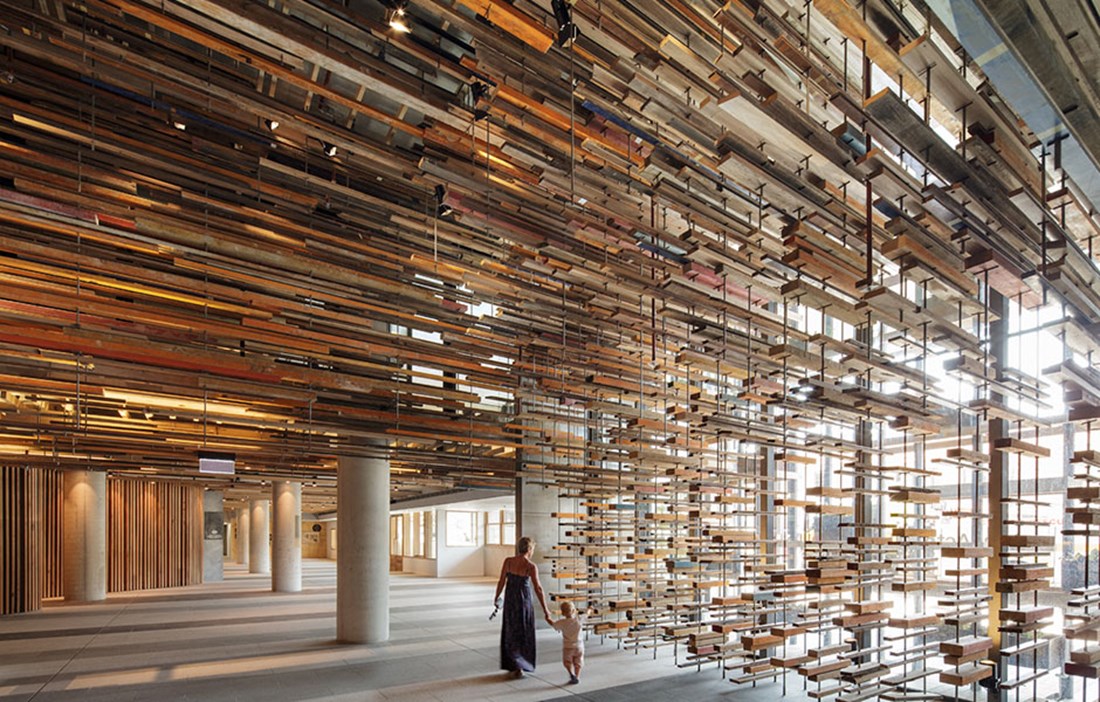 4- Sheep wool insulation
4- Sheep wool insulation
It acts as thermal and acoustic insulation. It also stands out for its performance against humidity. It is recyclable and biodegradable: When it reaches the end of its useful life, wool insulation is compostable.
Sheep wool panels can replace fiberglass and polyurethane panels because they require 15% less energy for their manufacture. They have no toxic components for the environment and human beings.
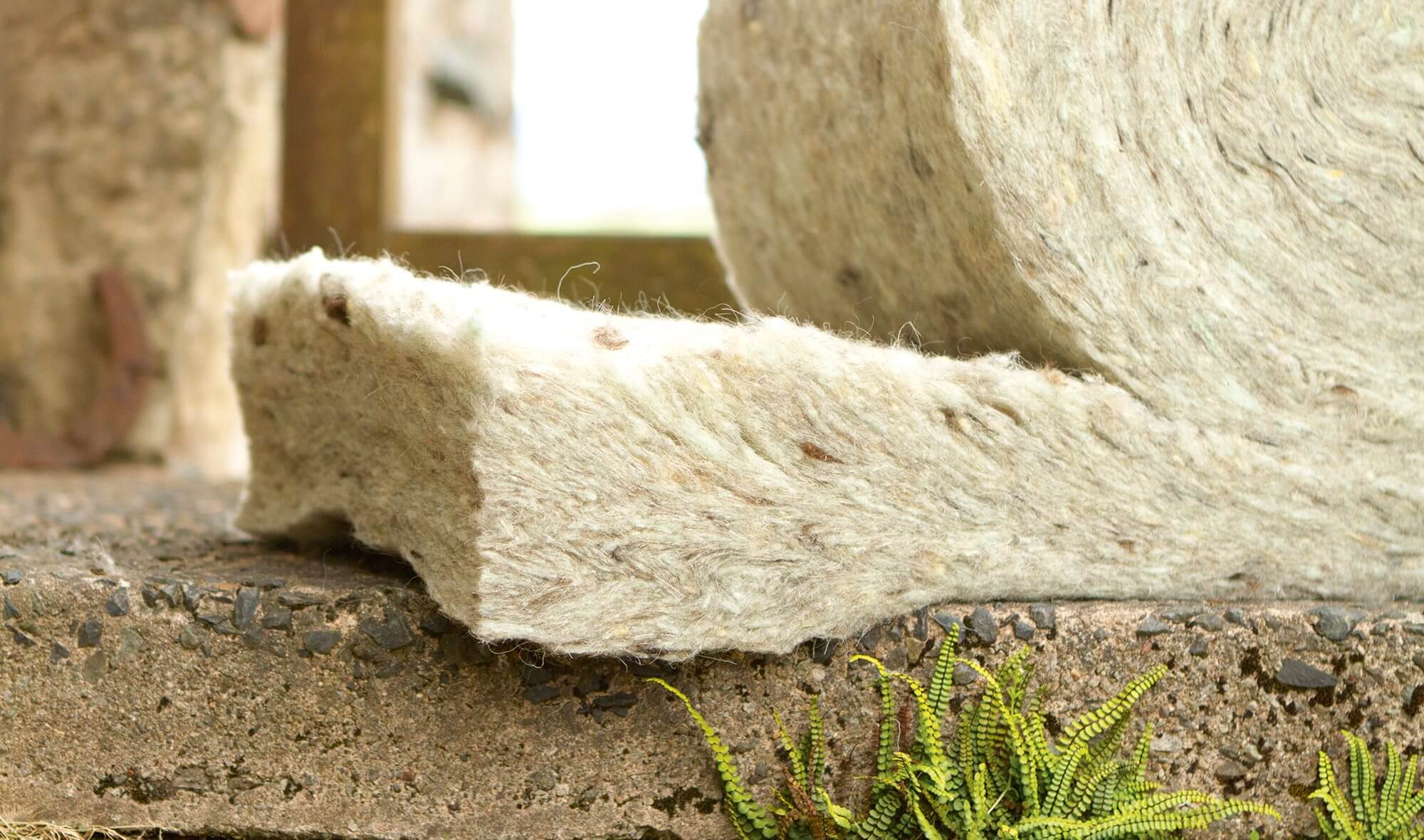 5-Mycelium fibers
5-Mycelium fibers
Mycelium is a material composed of microfibers similar to threads that are part of the roots of fungi. Blocks of this material form a fabric that is produced in molds by growing the mycelium with other organic components such as husks, stems or seeds.
In construction, the material can be useful as structural insulation panels, acoustic boards or adhesives. It can also be used as cores for flooring, doors and furniture.
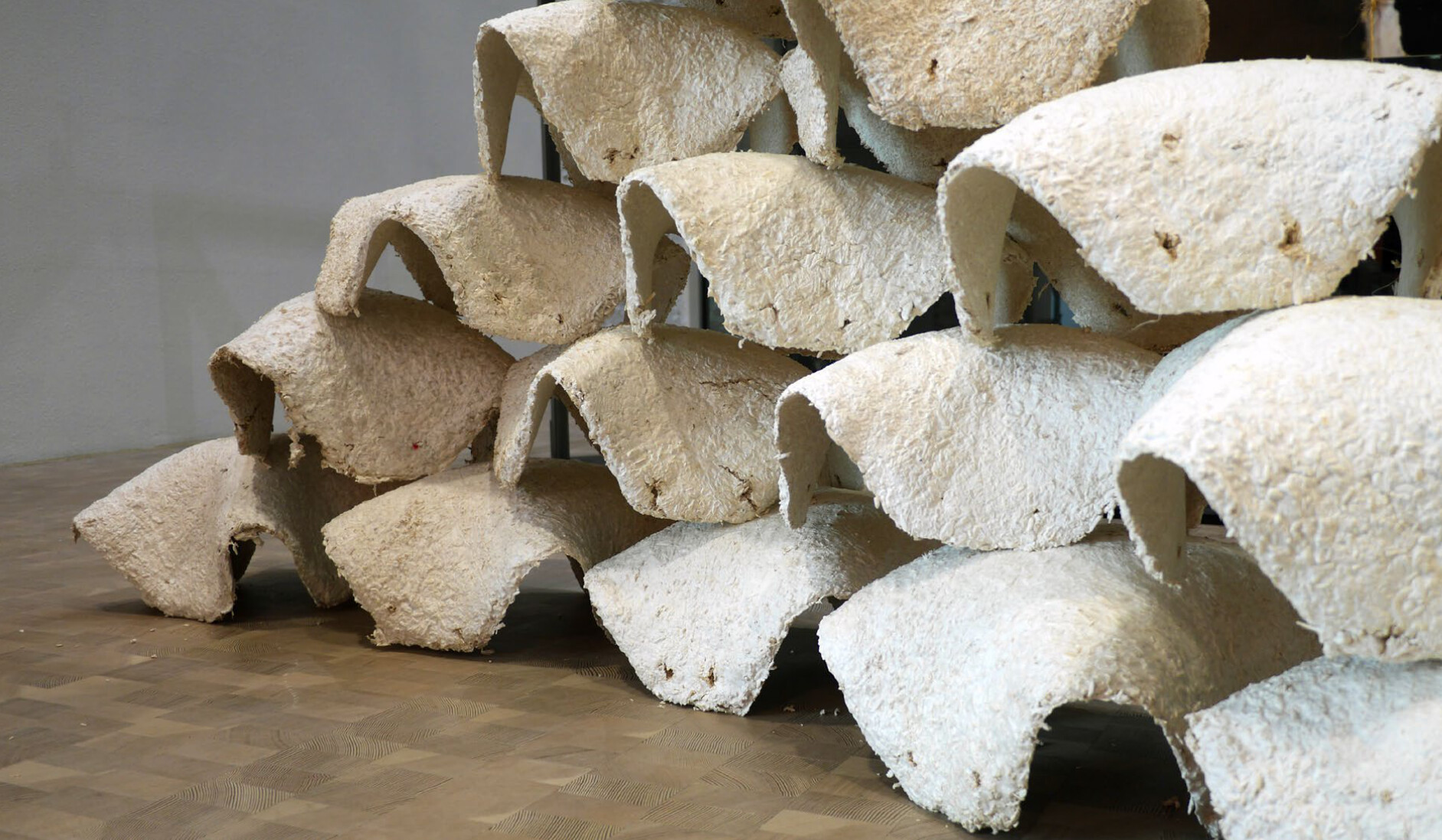 6- Adobe
6- Adobe
Adobe is one of the oldest building materials. It is composed of mud (clay and sand), straw or other fibers, molded into sun-dried bricks.
Adobe is environmentally friendly and inexpensive to manufacture and transport. It is flexible since it adapts to any type of mold and can be produced anywhere. It is generally associated with self-construction in rural areas. It is recyclable, does not generate waste or debris. It is highly resistant to fire and insects, regulates humidity and temperature, and it is an acoustic and thermal insulator.
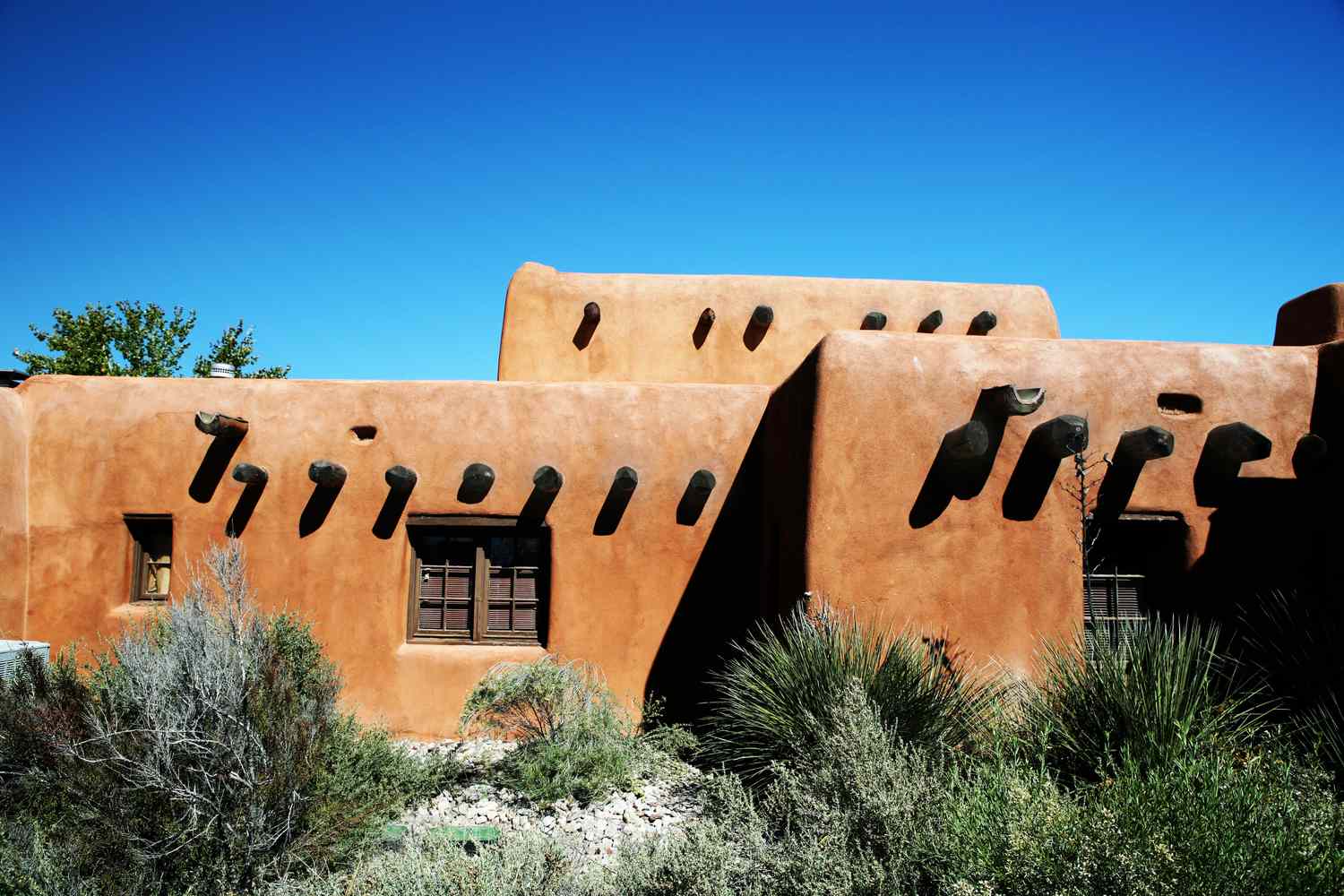 7-Hemp blocks
7-Hemp blocks
Hemp fiber is obtained from the stalks of cannabis, a fast-growing plant, and is a versatile, resistant, insulating and absorbent material.
The production of hemp blocks is environmentally friendly, the material is mixed with lime, stones and earth. The result is a brick with acoustic and thermal properties.
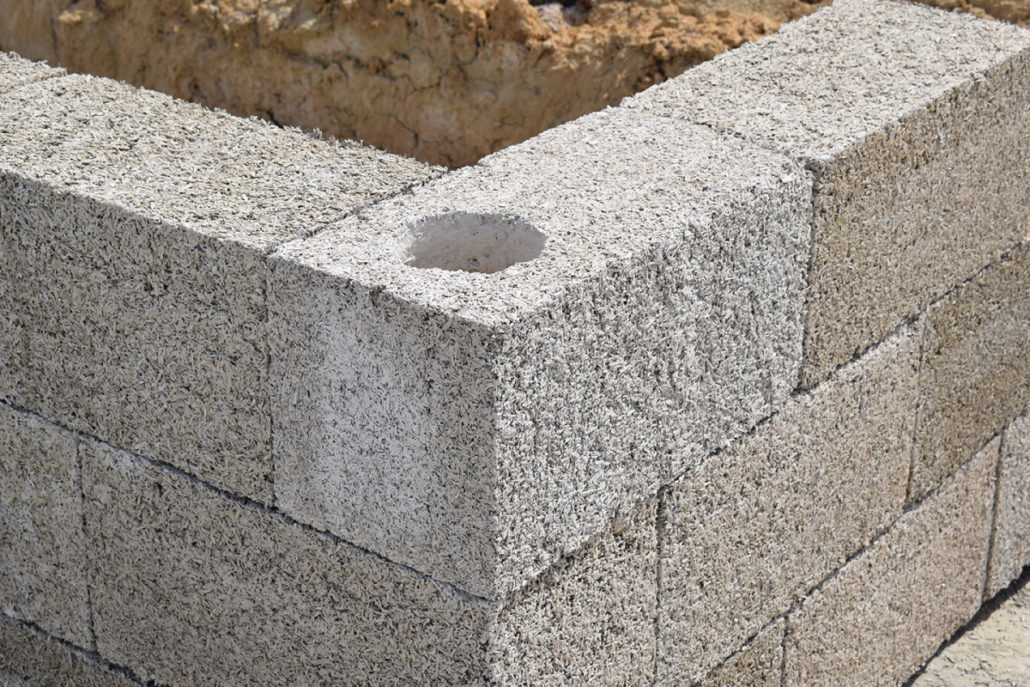
8- Glass
Glass is obtained by melting sand at high temperatures and is a recyclable material that does not lose its properties. Although it is a fragile material, its hardness is related to its thickness, making glass a thermal and acoustic insulator.
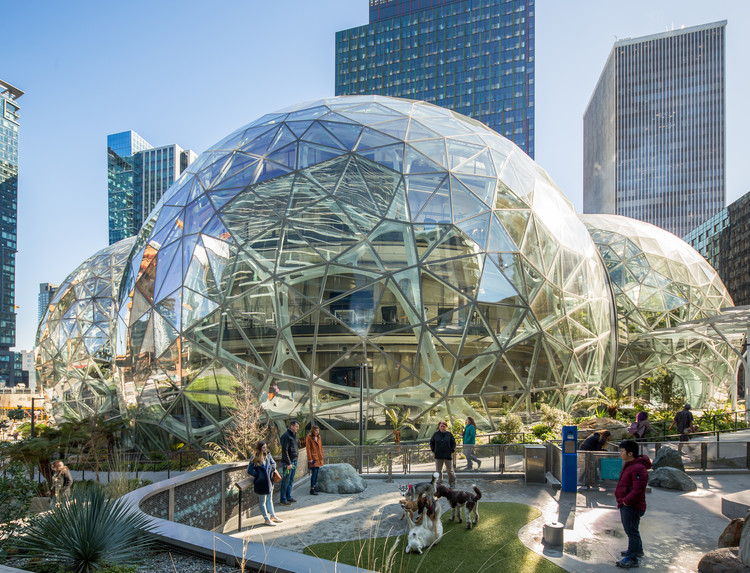
9- Straw
Straw is a renewable material. It is part of the residue of wheat crops and has been used in construction for centuries. Straw is an excellent thermal and acoustic insulator, resistant to moisture and easy to work with. It is generally used in walls and roofs.
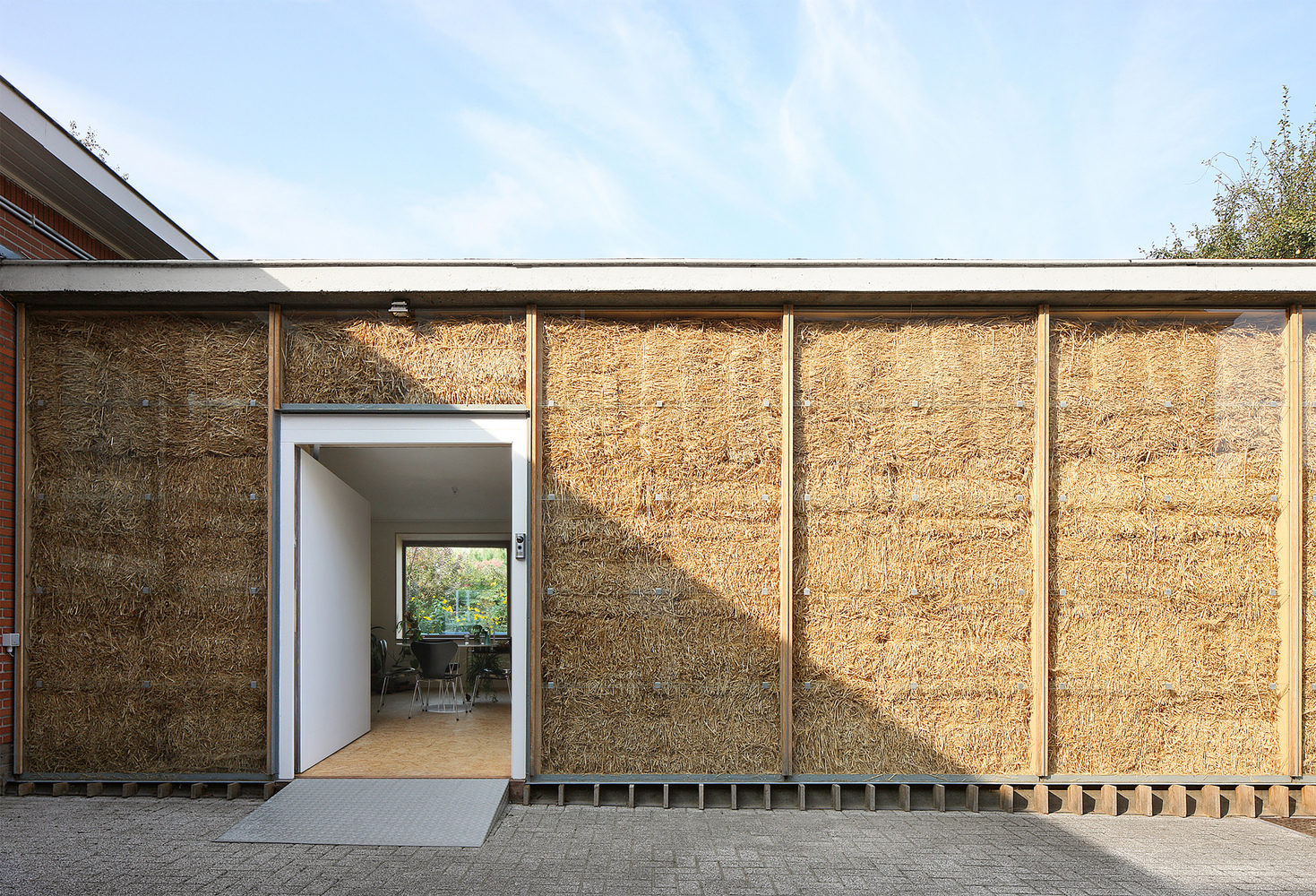
10- Cork
Cork is a plant tissue extracted from the cork oak tree that grows mainly in the Iberian Peninsula (Portugal and Spain). It is a renewable and biodegradable material. It is light since 80% of its composition is air. Some of the properties of cork are elasticity, impermeability and anti-skidding features. It can be used in building construction both outdoors and indoors, in the form of insulation in agglomerated boards or mixtures with crushed cork.
